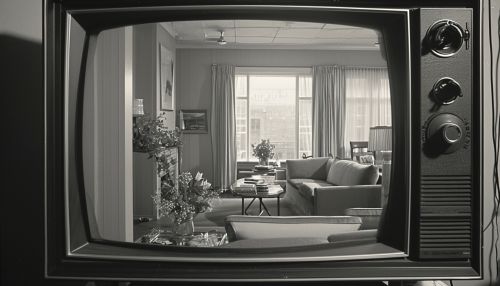The Honeymooners
Origins
"The Honeymooners" is an American television sitcom created by Jackie Gleason. The show, which aired from 1955 to 1956, was based on a recurring comedy sketch of the same name that had been part of Gleason's variety show. The sitcom was set in a poor neighborhood in Brooklyn, New York City, and revolved around the lives of bus driver Ralph Kramden (played by Gleason), his wife Alice (played by Audrey Meadows), and their best friends, sewer worker Ed Norton (played by Art Carney) and his wife Trixie (played by Joyce Randolph).


Plot and Themes
The show's plot centered on Ralph's get-rich-quick schemes, which invariably failed, and his subsequent return to his job as a bus driver. The show was known for its realistic portrayal of working-class life, with the characters often struggling to make ends meet. The show also explored themes of friendship, marriage, and the pursuit of the American dream.
Characters
The main characters of "The Honeymooners" were Ralph Kramden, Alice Kramden, Ed Norton, and Trixie Norton. Ralph was a loud, blustery, yet lovable character, while Alice was his patient, understanding, and sharp-tongued wife. Ed was Ralph's best friend and confidant, known for his goofy mannerisms and naive nature. Trixie, Ed's wife, was a former burlesque dancer who often played the straight woman to the other characters' antics.
Impact and Legacy
"The Honeymooners" had a significant impact on the television industry. It was one of the first U.S. television shows to portray working-class characters and settings, and its realistic depiction of urban life was a departure from the idealized suburban settings of other sitcoms of the era. The show's influence can be seen in later sitcoms such as "All in the Family", "The Simpsons", and "King of Queens", which also feature blue-collar characters and settings.
